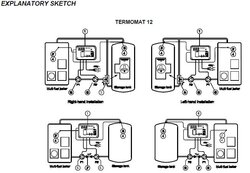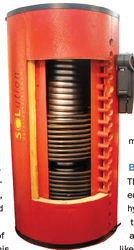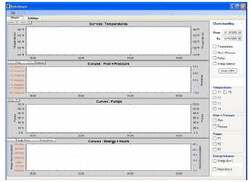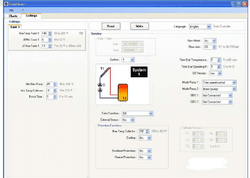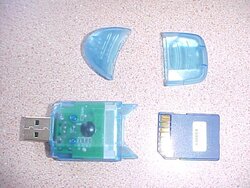I have lurked on this board for a while and thanks to all for the incredible amount of knowledge shared here. However I now have questions but first a bit on my project. I have radiant floor heating driven by a propane cast-iron boiler. I'm going to tie that system in with a home-built hot water storage tank (approx. 550 gals) and a Tarm Solo 30 boiler. I'm going to make my own copper coils.
For the coils, if I have the chance, why wouldn't I use 3/4" copper for coils instead of 1/2"?
3/4" copper has a greater surface area for heat transfer (3/4" x 120' is 23.56 sq. ft. - 1/2" x 120 is 15.7 sq. ft.) and if I fed the tank with 1" pipe to the coils its area is roughly double that of 3/4". It would seem more efficient to me. What am I missing? Is 3/4" tubing significantly harder to work with etc?
Thanks!
Rurik
For the coils, if I have the chance, why wouldn't I use 3/4" copper for coils instead of 1/2"?
3/4" copper has a greater surface area for heat transfer (3/4" x 120' is 23.56 sq. ft. - 1/2" x 120 is 15.7 sq. ft.) and if I fed the tank with 1" pipe to the coils its area is roughly double that of 3/4". It would seem more efficient to me. What am I missing? Is 3/4" tubing significantly harder to work with etc?
Thanks!
Rurik


